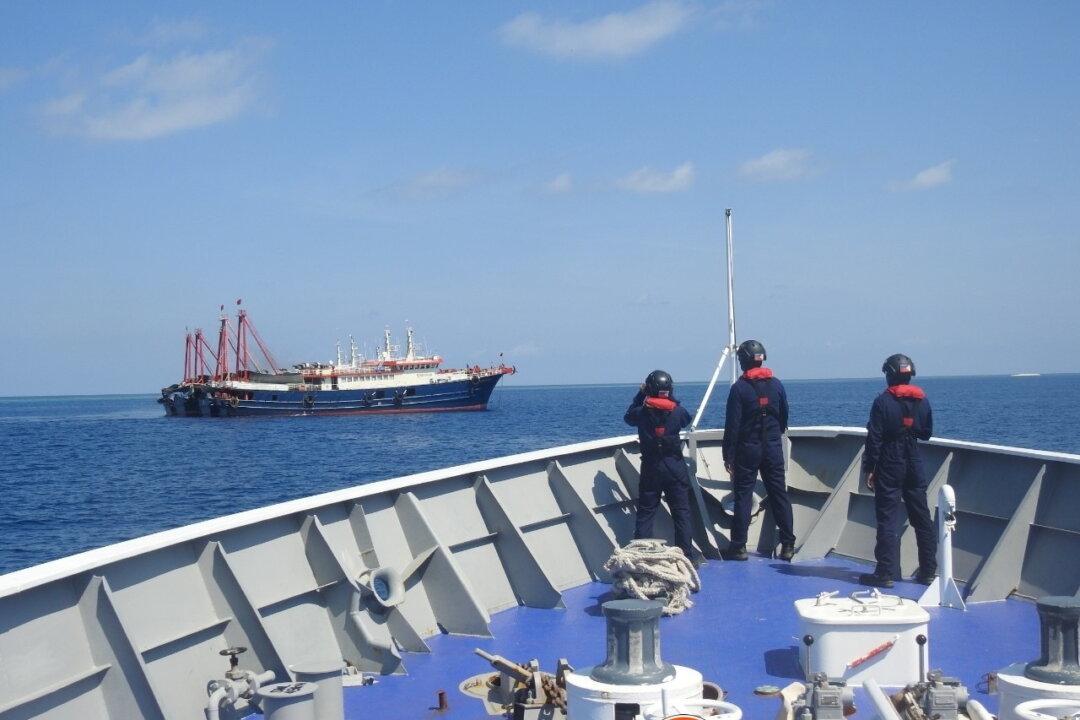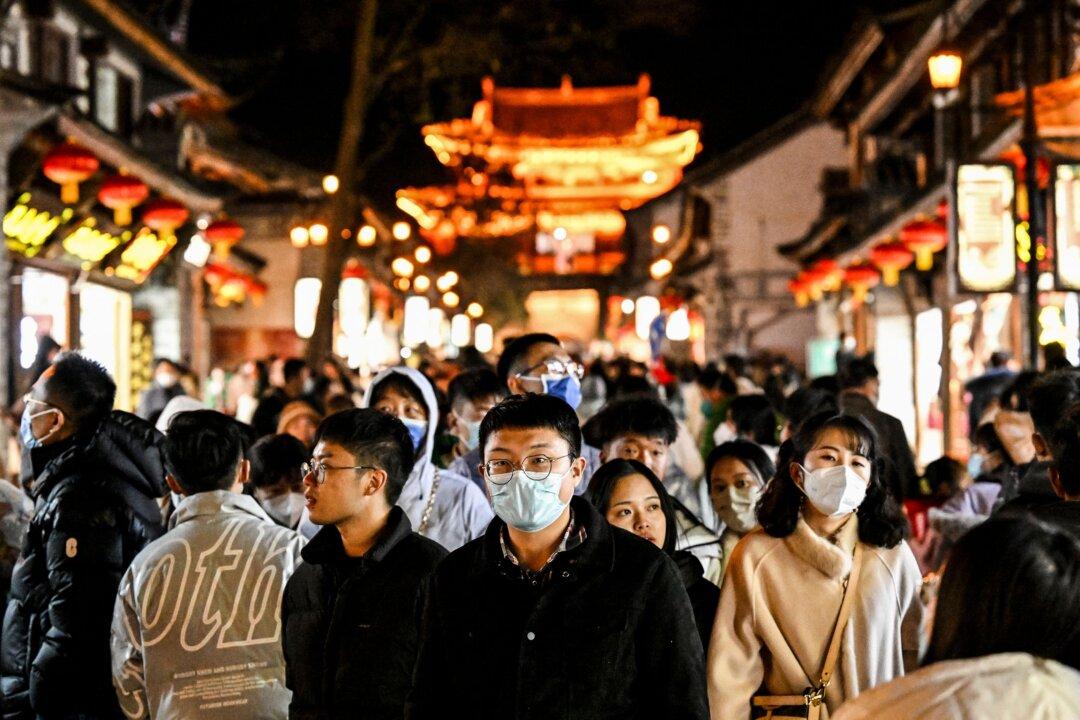Vietnam is accusing China of violating its sovereignty as Beijing imposes a unilateral annual fishing ban on the South China Sea, returning the issue of the long-disputed waters among eight governments to international attention.
Since 1999, the Chinese communist regime has implemented seasonal fishing bans in the South China Sea every year, which have often been disputed by neighboring countries such as Vietnam. The ban will be in place from May 1 to Aug. 16 in order to promote sustainable fishing and improve marine ecology, Chinese authorities have said.




